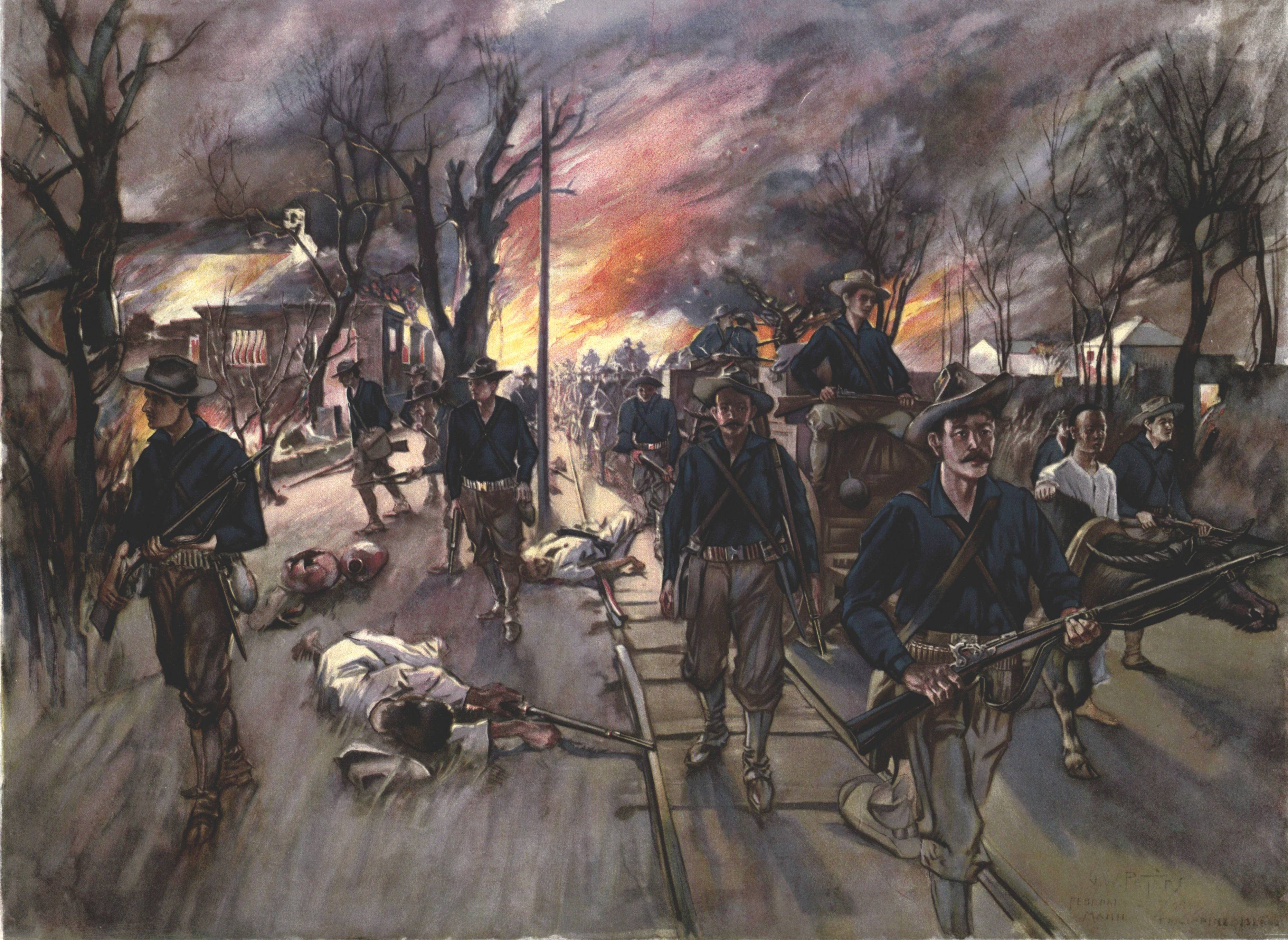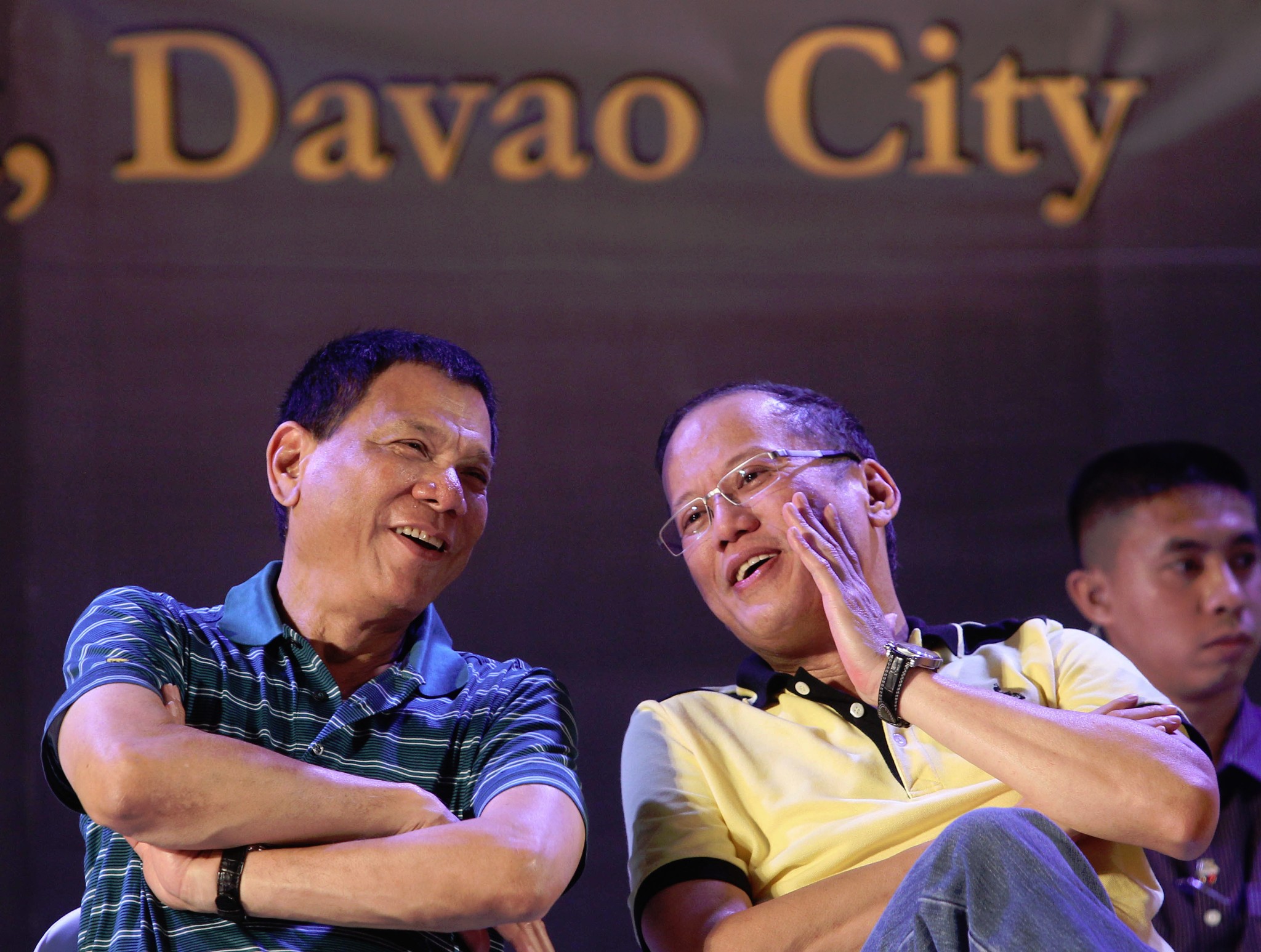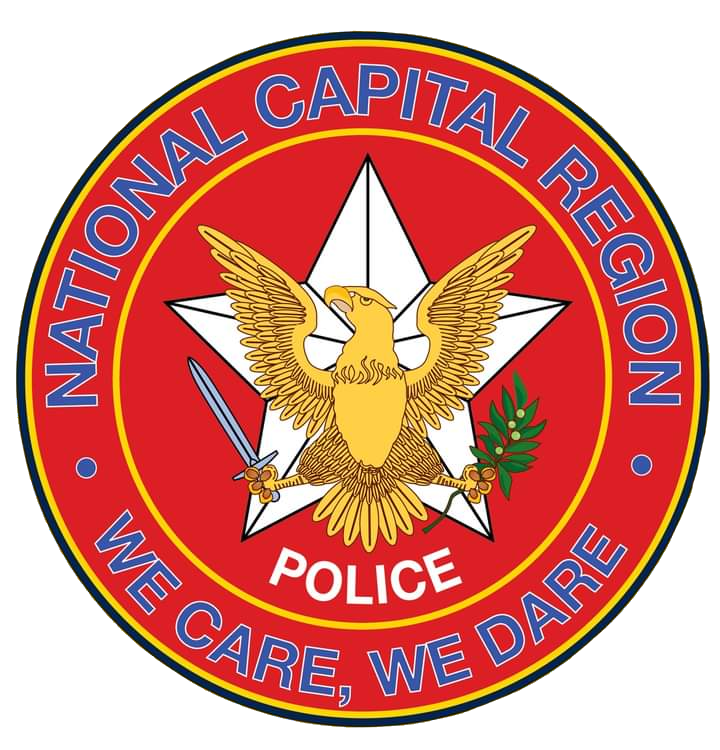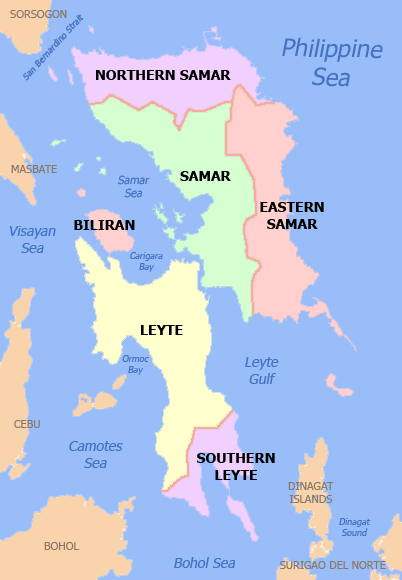|
Benito Tiamzon
Benito Tiamzon (March 20, 1951 – August 22, 2022) was a Filipino political organizer and until his arrest in March 2014 by Philippine security forces, was believed to be the Chairman of the Communist Party of the Philippines (CPP) and its armed wing, the New People's Army (NPA). Born and raised in Marikina, Tiamzon attended the University of the Philippines Diliman in the late 1960s, where he wrote for the ''Philippine Collegian''. Joining the Samahang Demokratiko ng Kabataan (Association of Democratic Youth; SDK) as a student, he would eventually become a member of the CPP, in which he helped organize labor unions in Marikina and Caloocan. Tiamzon secretly married his fellow activist Wilma Austria in early 1973, but was later arrested and detained in Fort Bonifacio by July during martial law. A year later, he was released and soon after would move with Wilma to the island of Samar in the Eastern Visayas region. In later years, Tiamzon would be credited with transforming Easter ... [...More Info...] [...Related Items...] OR: [Wikipedia] [Google] [Baidu] |
GMA News
GMA Integrated News and Public Affairs (formerly known as ''RBS News Department'', ''GMA Radio-Television News'' and ''GMA Rainbow Satellite News''; and commonly GMA (Integrated) News) is the news division of the GMA Network Inc. The division produces news, public affairs, infotainment, and lately, sports and entertainment programs for free-to-air TV channels (GMA Network and GTV), national radio station ( Super Radyo DZBB 594) owned and affiliated regional television and radio stations in the Philippines, and international TV channels (GMA Pinoy TV, GMA Life TV and GMA News TV International). History Public affairs division GMA's Public Affairs division was established in 1987 when Tina Monzon-Palma, then head of GMA News, recognized that a 30-minute newscast was not adequate and sufficient to inform the general Filipino public on what is happening to the recently established Aquino government after the historic People Power Revolution in February 1986. The public affa ... [...More Info...] [...Related Items...] OR: [Wikipedia] [Google] [Baidu] |
Caloocan
Caloocan, officially the City of Caloocan ( fil, Lungsod ng Caloocan; ), is a 1st class highly urbanized city in Metropolitan Manila, Philippines. According to the 2020 census, it has a population of 1,661,584 people making it the fourth-most populous city in the Philippines. Caloocan is divided into two geographical locations with a total combined area of . It was formerly part of the Province of Rizal of the Philippines' Southern Luzon Region. It comprises what is known as the CAMANAVA area along with cities Malabon, Navotas and Valenzuela. South Caloocan is bordered by Manila, Quezon City, Malabon, Navotas and Valenzuela. Presence of commercial and industrial activities combined with residential areas make it a highly urbanized central business district and a major urban center in the Northern District of Metropolitan Manila. North Caloocan shares its border with Quezon City and Valenzuela, Marilao, Meycauayan and San Jose del Monte in the province of Bulacan, and Rodri ... [...More Info...] [...Related Items...] OR: [Wikipedia] [Google] [Baidu] |
Progressivism
Progressivism holds that it is possible to improve human societies through political action. As a political movement, progressivism seeks to advance the human condition through social reform based on purported advancements in science, technology, economic development, and social organization. Adherents hold that progressivism has universal application and endeavor to spread this idea to human societies everywhere. Progressivism arose during the Age of Enlightenment out of the belief that civility in Europe was improving due to the application of new empirical knowledge to the governance of society.Harold Mah''Enlightenment Phantasies: Cultural Identity in France and Germany, 1750–1914'' Cornell University. (2003). p. 157. In modern political discourse, progressivism gets often associated with social liberalism, a left-leaning type of liberalism, in contrast to the right-leaning neoliberalism, combining support for a mixed economy with cultural liberalism. In the 21st ... [...More Info...] [...Related Items...] OR: [Wikipedia] [Google] [Baidu] |
Tacloban City
Tacloban ( ; ), officially the City of Tacloban ( war, Syudad han Tacloban; fil, Lungsod ng Tacloban), is a first class Cities of the Philippines#Legal classification, highly urbanized city in the Eastern Visayas region of the Philippines. The city is autonomous from the province of Leyte, although it serves as its provincial capital. According to the 2020 census, Tacloban has a population of 251,881, making it the most populous city in the Eastern Visayas. The city is located southeast from Manila. Tacloban City was briefly the capital of the Philippines under the Commonwealth Government, from October 20, 1944, to February 27, 1945. In an extensive survey conducted by the Asian Institute of Management Policy Center and released in July 2010, Tacloban City ranks as the fifth most competitive city in the Philippines, and second in the emerging cities category. On November 8, 2013, the city was largely destroyed by Typhoon Haiyan, having previously suffered similar destruction an ... [...More Info...] [...Related Items...] OR: [Wikipedia] [Google] [Baidu] |
Philippine News Agency
Philippine News Agency (PNA) is the official news agency of the Philippine government. PNA is under supervision and control of the News and Information Bureau, an attached agency of the Presidential Communications Operations Office. It was established on March 1, 1973 by President Ferdinand Marcos, and currently has its headquarters in Quezon City. History Philippine News Service The Philippine News Service (PNS) was organized in 1950 as a news-gathering cooperative by the publishers of the then major and leading national newspapers: the Manila Times-Mirror-Taliba, '' Manila Chronicle'', ''Manila Bulletin'', ''Philippines Herald'', ''Evening News'', ''Bagong Buhay'', and '' The Fookien Times''. Its main function back then was to supply daily news and photos from the provinces to these newspapers as well as to those in the provinces. Radio and television stations also used the PNS stories for a fixed monthly fee or subscription. Foreign news agencies, such as the ''Associated ... [...More Info...] [...Related Items...] OR: [Wikipedia] [Google] [Baidu] |
Manila
Manila ( , ; fil, Maynila, ), officially the City of Manila ( fil, Lungsod ng Maynila, ), is the capital of the Philippines, and its second-most populous city. It is highly urbanized and, as of 2019, was the world's most densely populated city proper. Manila is considered to be a global city and rated as an Alpha – City by Globalization and World Cities Research Network (GaWC). It was the first chartered city in the country, designated as such by the Philippine Commission Act 183 of July 31, 1901. It became autonomous with the passage of Republic Act No. 409, "The Revised Charter of the City of Manila", on June 18, 1949. Manila is considered to be part of the world's original set of global cities because its commercial networks were the first to extend across the Pacific Ocean and connect Asia with the Spanish Americas through the galleon trade; when this was accomplished, it marked the first time in world history that an uninterrupted chain of trade routes circling ... [...More Info...] [...Related Items...] OR: [Wikipedia] [Google] [Baidu] |
National Democratic Front Of The Philippines
The National Democratic Front of the Philippines (NDFP) (Filipino: ''Pambansang Demokratikong Hanay ng Pilipinas (PDHP)'') is a coalition of revolutionary social and economic justice organizations, agricultural unions, trade unions, indigenous rights groups, leftist political parties, and other related groups in the Philippines. It belongs to the much broader National Democracy Movement and the communist rebellion in the Philippines. The Government of the Philippines, through the Anti-Terrorism Council, declared the group a terrorist organization in 2021. History Prior to the creation of the NDF, many of its affiliated organizations had already existed, including the Kabataang Makabayan and the Malayang Kilusan ng Bagong Kababaihan. In 1971, the Preparatory Commission for the National Democratic Front was formed, under the initiative of the Communist Party of the Philippines, in order to bring together all the various revolutionary organizations that had been forced undergro ... [...More Info...] [...Related Items...] OR: [Wikipedia] [Google] [Baidu] |
Rodrigo Duterte
Rodrigo Roa Duterte (, ; born March 28, 1945), also known as Digong, Rody, and by the initials DU30 and PRRD, is a Filipino lawyer and politician who served as the 16th president of the Philippines from 2016 to 2022. He is the chairperson of PDP–Laban, the ruling political party in the Philippines during his presidency. Duterte is the first president of the Philippines to be from Mindanao, and is the oldest person to assume office, beginning his term at age 71. Born in Maasin, Leyte (now in Southern Leyte), Duterte moved to Davao as a child where his father, Vicente Duterte, served as provincial governor. He studied political science at the Lyceum of the Philippines University, graduating in 1968, before obtaining a law degree from San Beda College of Law in 1972. He then worked as a lawyer and was a prosecutor for Davao City, before becoming vice mayor and, subsequently, mayor of the city in the wake of the 1986 People Power Revolution. Duterte won seven terms and s ... [...More Info...] [...Related Items...] OR: [Wikipedia] [Google] [Baidu] |
Carcar
Carcar, officially the City of Carcar ( ceb, Dakbayan sa Carcar; fil, Lungsod ng Carcar), is a 5th class Cities of the Philippines#Legal classification, component city in the Provinces of the Philippines, province of Cebu, Philippines. According to the 2020 census, it has a population of 136,453 people. Carcar City is bordered to the north by the town of San Fernando, Cebu, San Fernando, to the west are the towns of Aloguinsan, Cebu, Aloguinsan and Barili, Cebu, Barili, to the east is the Cebu Strait, and to the south is the town of Sibonga, Cebu, Sibonga. Carcar lies within Metro Cebu area. History Carcar was known as "Sialo" since Rajah Humabon#Legendary accounts, before the Spanish colonization. It became a municipality in 1599. Carcar is considered one of the oldest towns in Cebu, with its Spanish influence lasted more than 300 years ago. Cityhood On July 2007, the municipality of Carcar was converted into a component city of the province of Cebu after ratification o ... [...More Info...] [...Related Items...] OR: [Wikipedia] [Google] [Baidu] |
Philippine National Police
The Philippine National Police ( fil, Pambansang Pulisya ng Pilipinas, acronymed as PNP) is the armed national police force in the Philippines. Its national headquarters is located at Camp Crame in Bagong Lipunan ng Crame, Quezon City. Currently, it has approximately 220,000 personnel to police a population in excess of 100 million. The agency is administered and controlled by the National Police Commission and is part of the Department of the Interior and Local Government (DILG). Local police officers are operationally controlled by municipal mayors. DILG, on the other hand, organizes, trains and equips the PNP for the performance of police functions as a police force that is national in scope and civilian in character. The PNP was formed on January 29, 1991, when the Philippine Constabulary and the Integrated National Police were merged pursuant to Republic Act 6975 of 1990. [...More Info...] [...Related Items...] OR: [Wikipedia] [Google] [Baidu] |
Communist Rebellion In The Philippines
{{Infobox military conflict , conflict = Communist rebellion in the Philippines , partof = the Cold War and the Insurgency in the Philippines , image = Communist hotspots in the Philippines.png , caption = Main areas of communist activity in the Philippine archipelago during the 1970s and 1980s , date = {{Start date, 1969, 3, 29 – present({{Age in years, months, weeks and days, month=03, day=29, year=1969) , place = Philippines , status = Ongoing , combatant1 = {{flagdeco, Philippines Government of the PhilippinesSupported by:{{flag, United States (advisors){{flag, China(since 2016) , combatant2 = {{flagicon image, Flag of the Communist Party of the Philippines (alternative II).svg Communist Party of the PhilippinesSupported by:{{flag, China (until 1976) , commander1 = ;Civilian leaders {{flagdeco, Philippines Bongbong Marcos(President){{flagdeco, Philippines Jose Faus ... [...More Info...] [...Related Items...] OR: [Wikipedia] [Google] [Baidu] |
Eastern Visayas
Eastern Visayas ( war, Sinirangan Kabisay-an; ceb, Sidlakang Kabisay-an; tl, Silangang Kabisayaan or ''Silangang Visayas'') is an administrative region in the Philippines, designated as Region VIII. It consists of three main islands, Samar, Leyte and Biliran. The region has six provinces, one independent city and one highly urbanized city namely, Biliran, Leyte, Northern Samar, Samar, Eastern Samar, Southern Leyte, Ormoc and Tacloban. The highly urbanized city of Tacloban is the sole regional center. These provinces and cities occupy the easternmost islands of the Visayas group of islands. Eastern Visayas faces the Philippine Sea to the east. The region's most famous landmark is the San Juanico Bridge, which links the provinces of Samar and Leyte. As of 2020, the Eastern Visayas region has a population of 4,547,150 inhabitants, making it the third most populous region in the Visayas. Etymology The current name of the region was derived from its location in the easternmost p ... [...More Info...] [...Related Items...] OR: [Wikipedia] [Google] [Baidu] |







